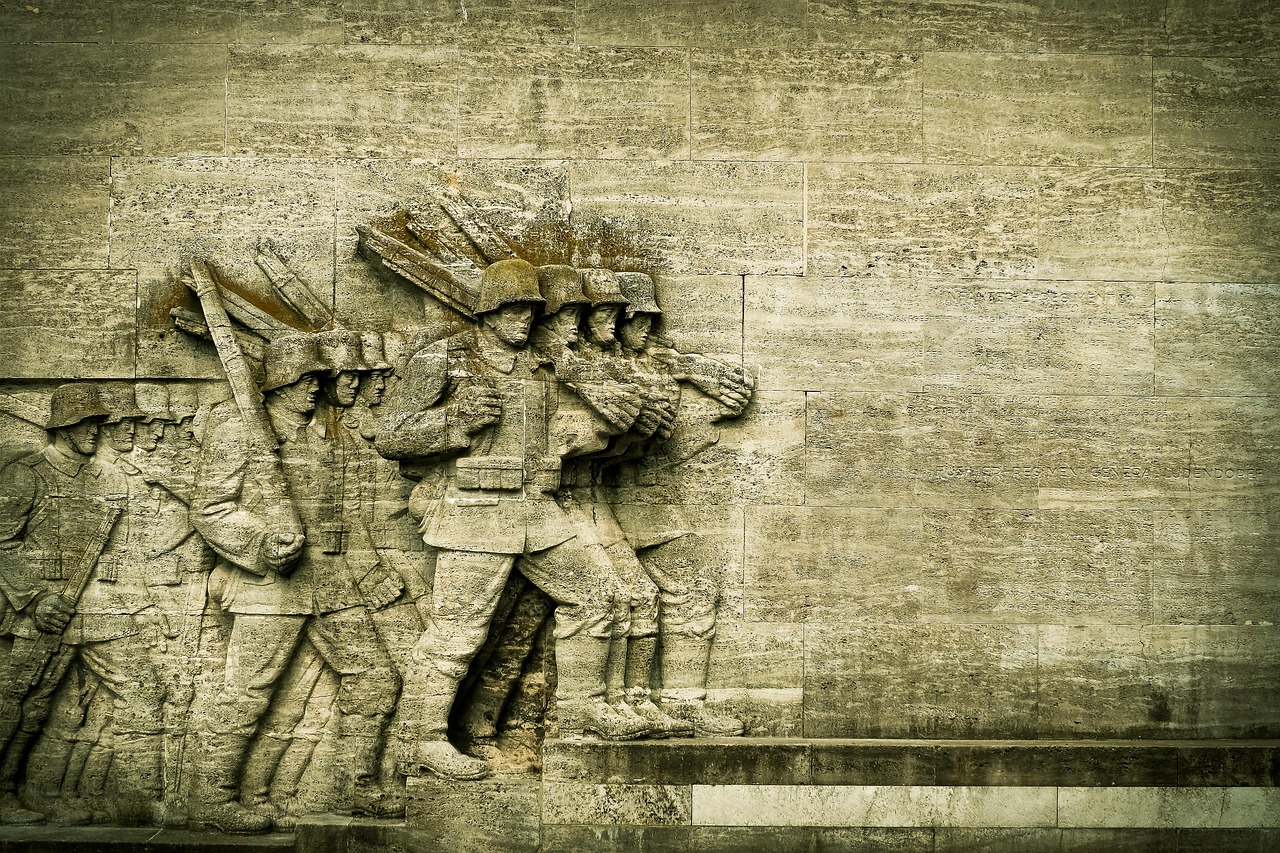Table of Contents
The American Civil War (1861–1865) was one of the most pivotal and destructive wars in the history of the United States. It was a conflict between the Union (the North) and the Confederacy (the South) and was based upon fundamental differences regarding slavery, states’ rights, and the future of the nation. The war resulted in the emancipation of slaves, saved the union of states, and redefined the identity of the nation, but at the expense of enormous human loss and devastation.
Causes of the War
- Slavery and Sectionalism
Slavery was the main reason for the war. The Southern states depended greatly on slave labor for their agricultural economy, especially in cotton production, while most in the North advocated abolition or at least containment of slavery in new states. - States’ Rights vs. Federal Power
Southern leaders felt that individual states could enact their own laws—including those that allowed slavery—without interference from the federal government. This perception conflicted with the North’s vision of a powerful, unified federal system. - The Election of Abraham Lincoln (1860)
When Abraham Lincoln became president on an anti-slavery platform, it caused panic among the South. In fear of the abolition of slavery, 11 Southern states seceded from the Union to create the Confederate States of America.
Major Events and Turning Points
- Fort Sumter (April 1861)
The war started when Confederate troops bombarded Fort Sumter in South Carolina. The Union’s surrender of the fort to Lincoln led him to call for troops, which officially began the war. - Battle of Antietam (1862)
One of the bloodiest single-day battles in American history. Although tactically inconclusive, it gave Lincoln the courage to issue the Emancipation Proclamation. - Emancipation Proclamation (January 1, 1863)
Lincoln made all people enslaved in Confederate areas forever free. This moved the focus of the war from maintaining the Union to stopping slavery. - Battle of Gettysburg (July 1863)
A crucial Union triumph and turning point of the conflict. It repelled Confederate General Robert E. Lee’s invasion of the North and lifted Union spirits. - Sherman’s March to the Sea (1864)
Union General William Tecumseh Sherman carried out a savage campaign across Georgia, wrecking infrastructure and undermining the South’s ability to continue the fight. - Appomattox Surrender (April 1865)
General Lee surrendered to Union General Ulysses S. Grant at Appomattox Court House, effectively bringing the war to an end.
The Aftermath
- End of Slavery
The 13th Amendment to the Constitution was ratified in December 1865, finally ending slavery in the United States. - Human and Economic Toll
The war took more than 620,000 lives, the largest number of deaths in any American war. The South was devastated—its economy, infrastructure, and cities in shambles. - Reconstruction Period
Between 1865 and 1877, the national government tried to rebuild the South and incorporate ex-slaves into society. Though some progress was achieved, these years were years of political strife, racial violence, and opposition to civil rights. - Strengthened Federal Government
The war put the question of federal power over the states to rest, paving the way for a more homogeneous national identity and a stronger central government.
Legacy of the Civil War
The Civil War profoundly transformed America. It abolished the institution of slavery, redefined freedom, and laid the groundwork for subsequent civil rights movements. Yet it also left unresolved tensions—specifically racial inequality and regional divisions—that would continue for generations.
Monuments, literature, and public discussions continue to represent the influence of the war, as Americans remain unsure of its meaning and impact. The Civil War is a symbol of both America’s darkest moment and its ability to renew itself.
Conclusion
The American Civil War was not merely a struggle between two territories—it was a battle for the heart of a nation. The war put democracy, liberty, and equality to the test, and though the Union was saved and slavery ended, the price was staggering. It is still a compelling part of the United States’ history, one that continues to shape the nation’s identity, values, and continuing quest for justice.

